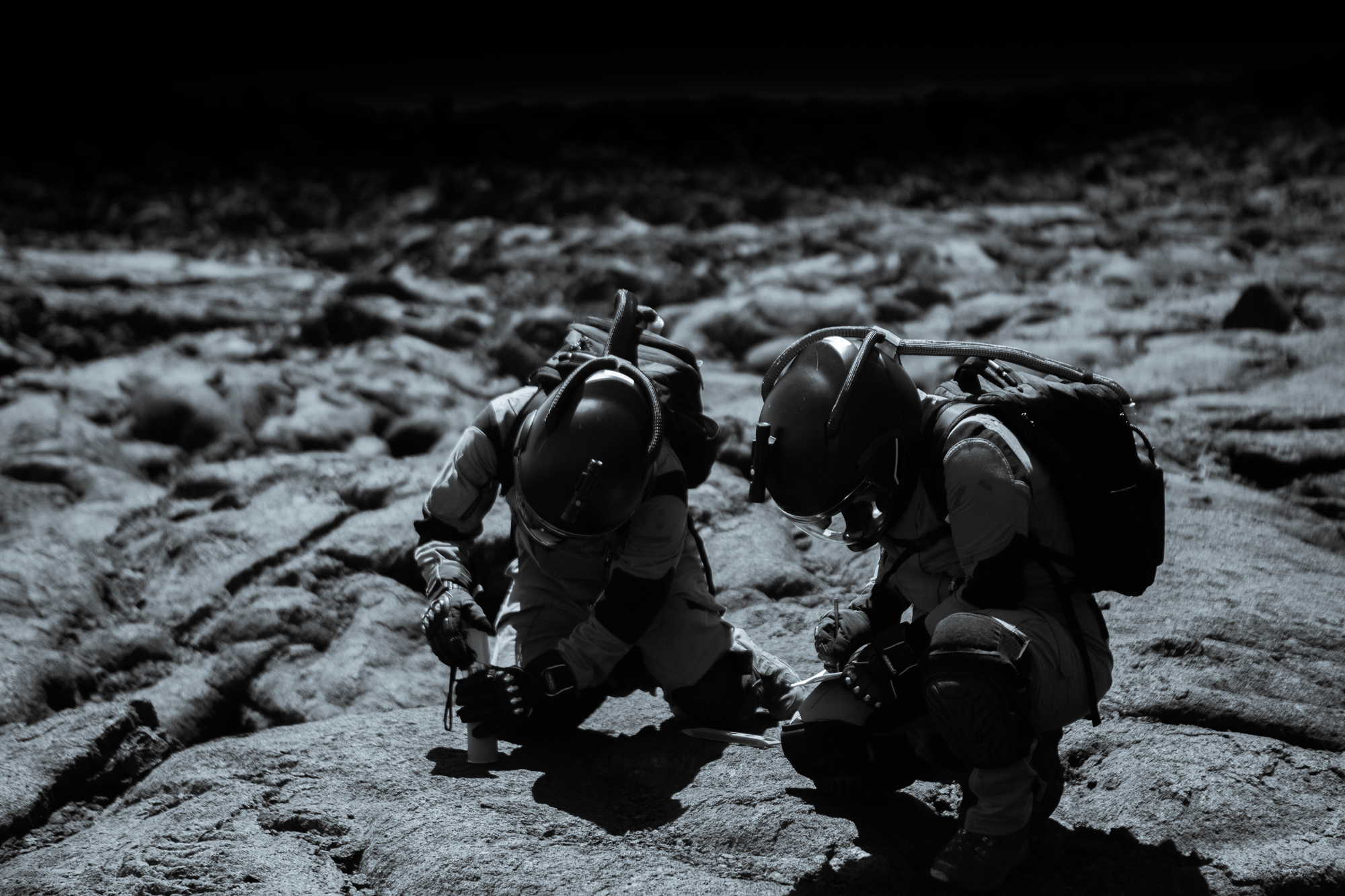The movement of seawater in a tsunami generates a magnetic field that travels ahead of changes in sea level, which could help us predict and prepare for it
By Leah Crane
The aftermath of a 2010 tsunami in Chile, which was analysed in the new study International Federation of Red Cross and Red Crescent Societies
We may be able to predict deadly tsunamis using their magnetic fields. Because seawater is electrically conductive, when significant amounts of it move at once, it generates a small magnetic field. That magnetic field can be used to predict tsunamis before the sea level starts to change at the shore.
Scientists have thought that this should be possible for years, but we lacked the data to prove it. Zhiheng Lin at Kyoto University in Japan and his colleagues have now used data from two tsunamis – one that hit Samoa in 2009 and another in Chile in 2010 – to demonstrate that it is possible. Furthermore, the magnetic field changes can be used to accurately estimate the sea level change from a tsunami.
Usually, we use pressure gauges on the sea floor to tell us when a tsunami is moving over the sensors. But these pressure changes only tell us there is a tsunami after it has passed the sensors. Lin and his team instead used a set of sensors in the south Pacific Ocean to measure magnetic field and sea level change simultaneously for the two tsunamis in that area in 2009 and 2010. They found that the tsunamis were indeed preceded by changes in the magnetic field in the water.
“Pressure sensors respond to the tsunami right after the tsunami sea level change,” says Lin. “But the tsunami magnetic field arrives earlier than the tsunami sea level change.”
How much earlier it arrives is expected to depend on the water’s depth in the area, says Lin, but in these cases the magnetic field change arrived about 1 minute before the sea level change.
This is important because pressure sensors are often too close to coastlines to give practically useful prior warning of tsunamis.
“There are networks of buoys that measure water pressure around the Pacific, typically nearer coast lines rather than out in the , but magnetometers would be ideally used in the middle of the [open ocean’s] abyssal plain,” says Neesha Schnepf at the University of Colorado, Boulder. “They could give data on tsunamis before the tsunami reaches the pressure buoys.”
This, combined with the fact that the changes in the magnetic field predicted the height of tsunami waves, could help coastal communities prepare for incoming tsunamis.
Journal reference: JGR Solid Earth, DOI: 10.1029/2021JB022760
More on these topics:
Note: This article have been indexed to our site. We do not claim legitimacy, ownership or copyright of any of the content above. To see the article at original source Click Here













